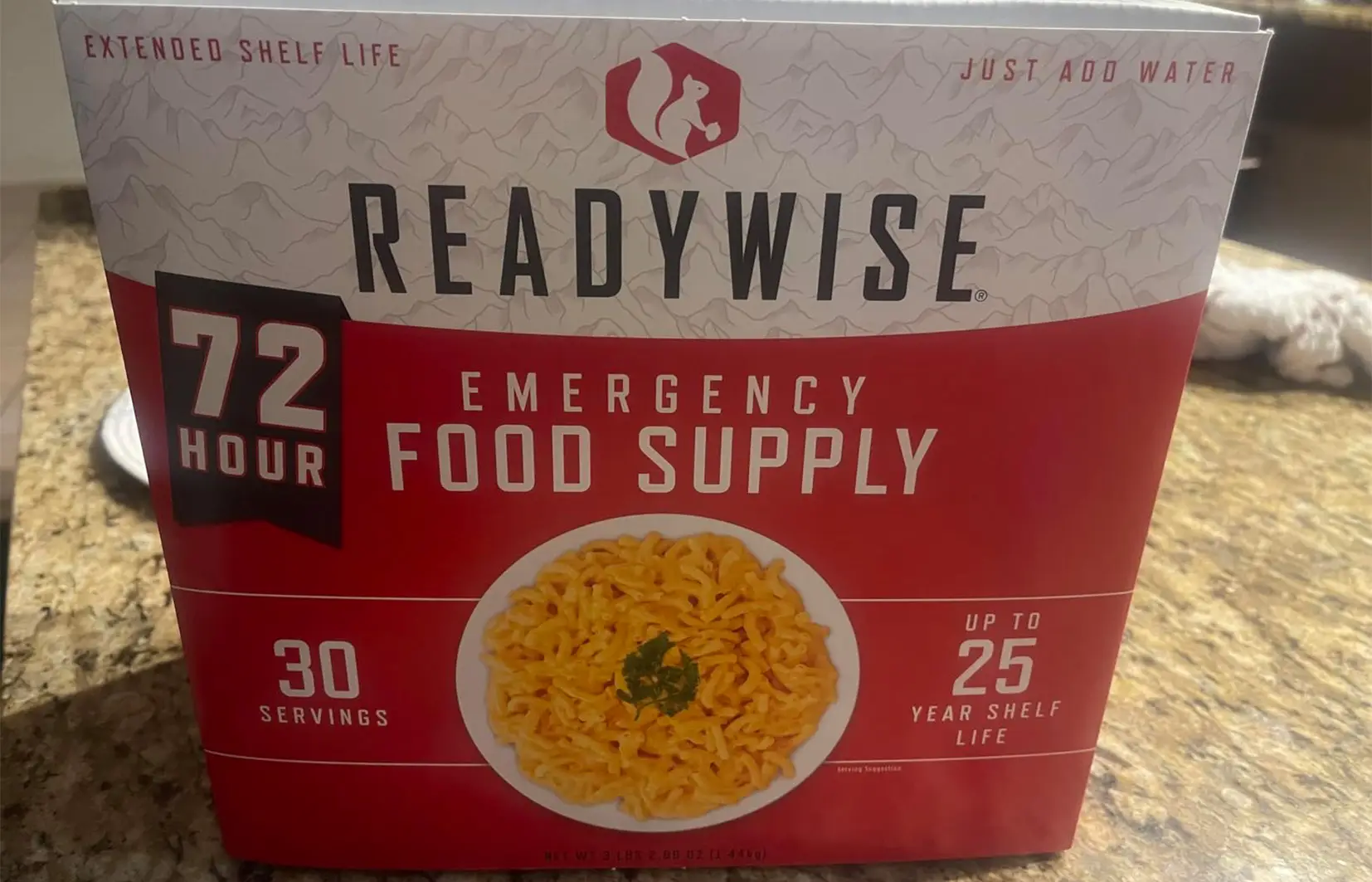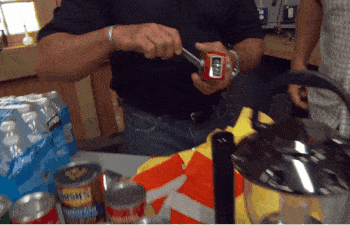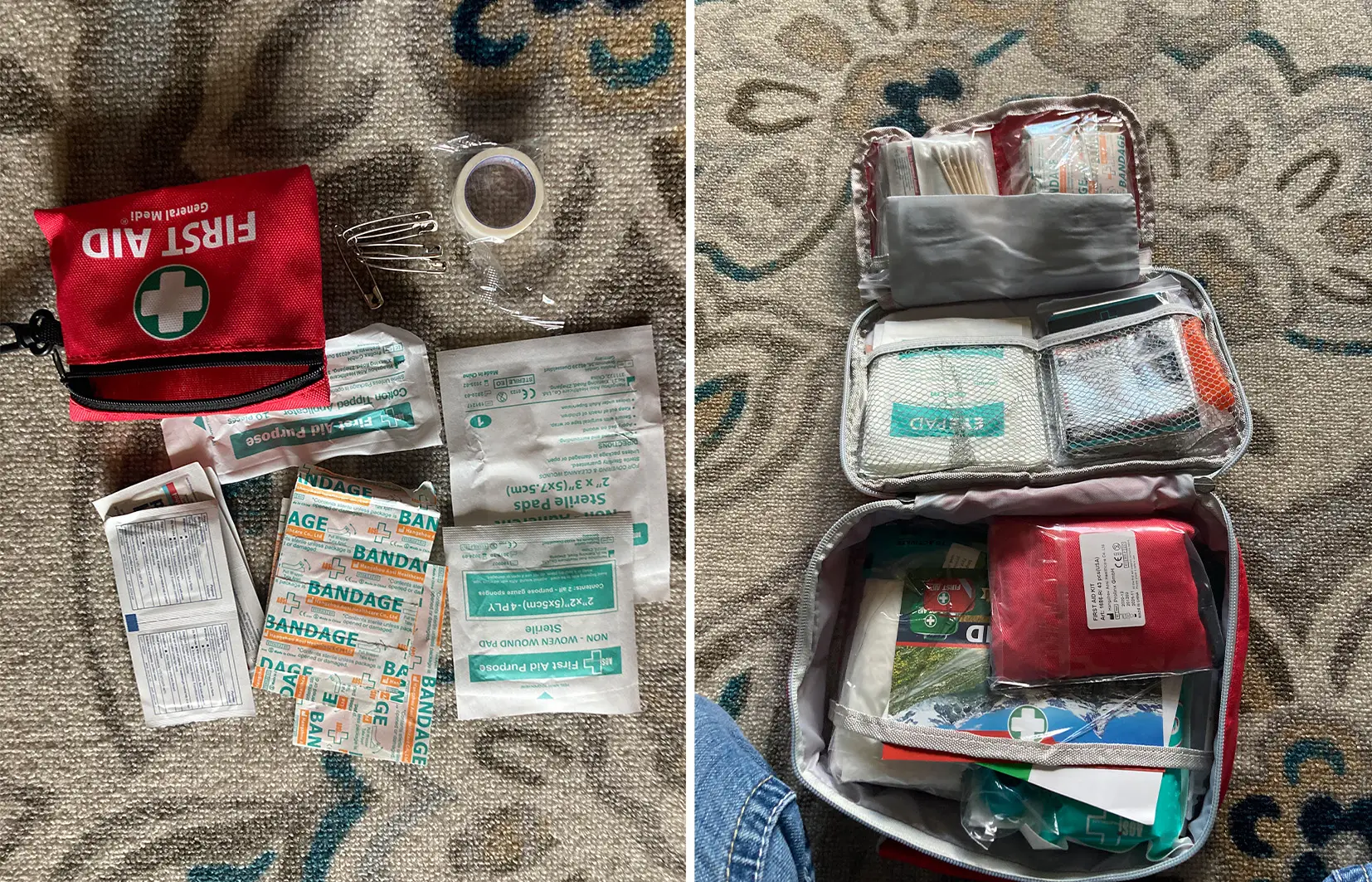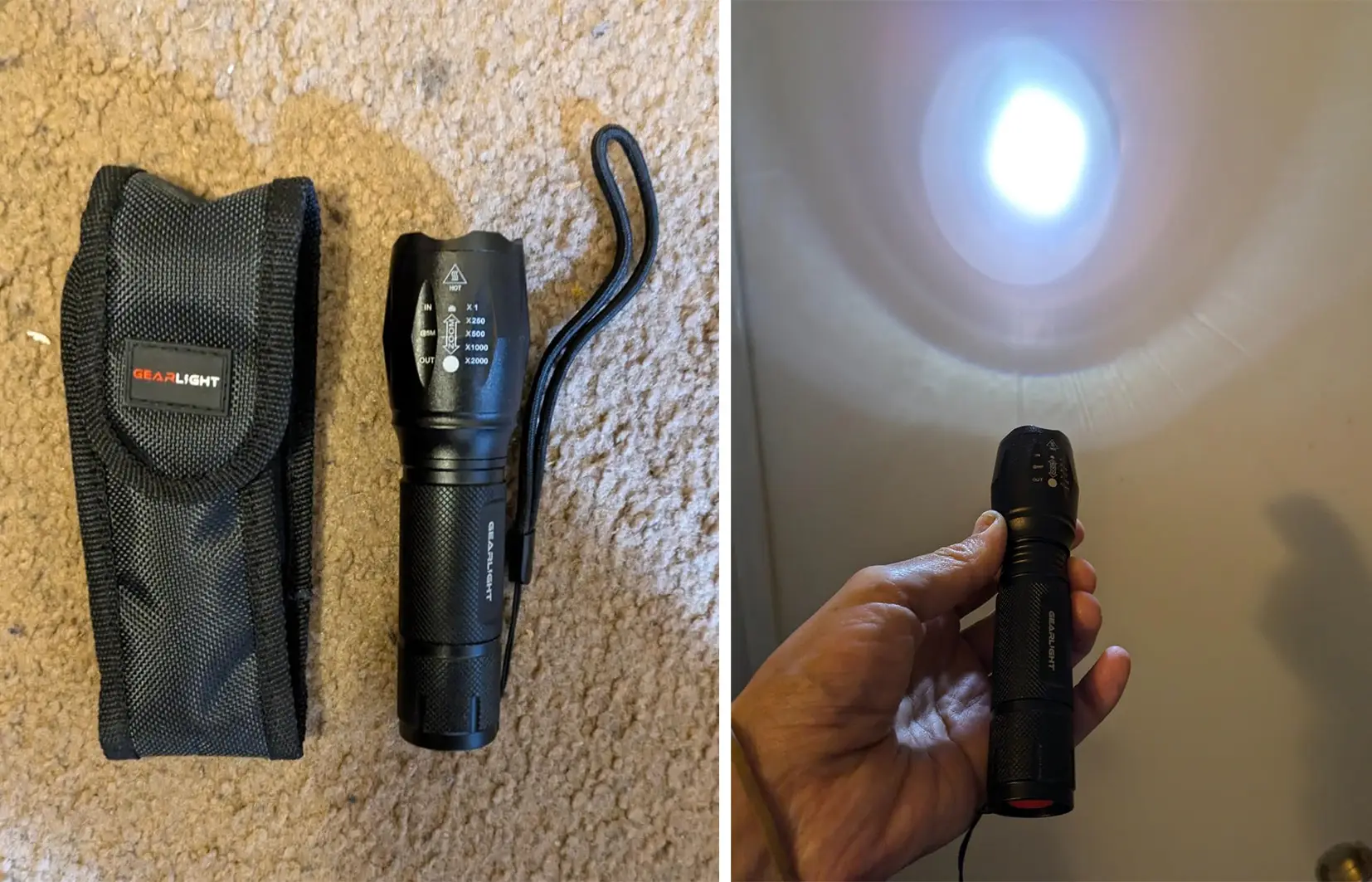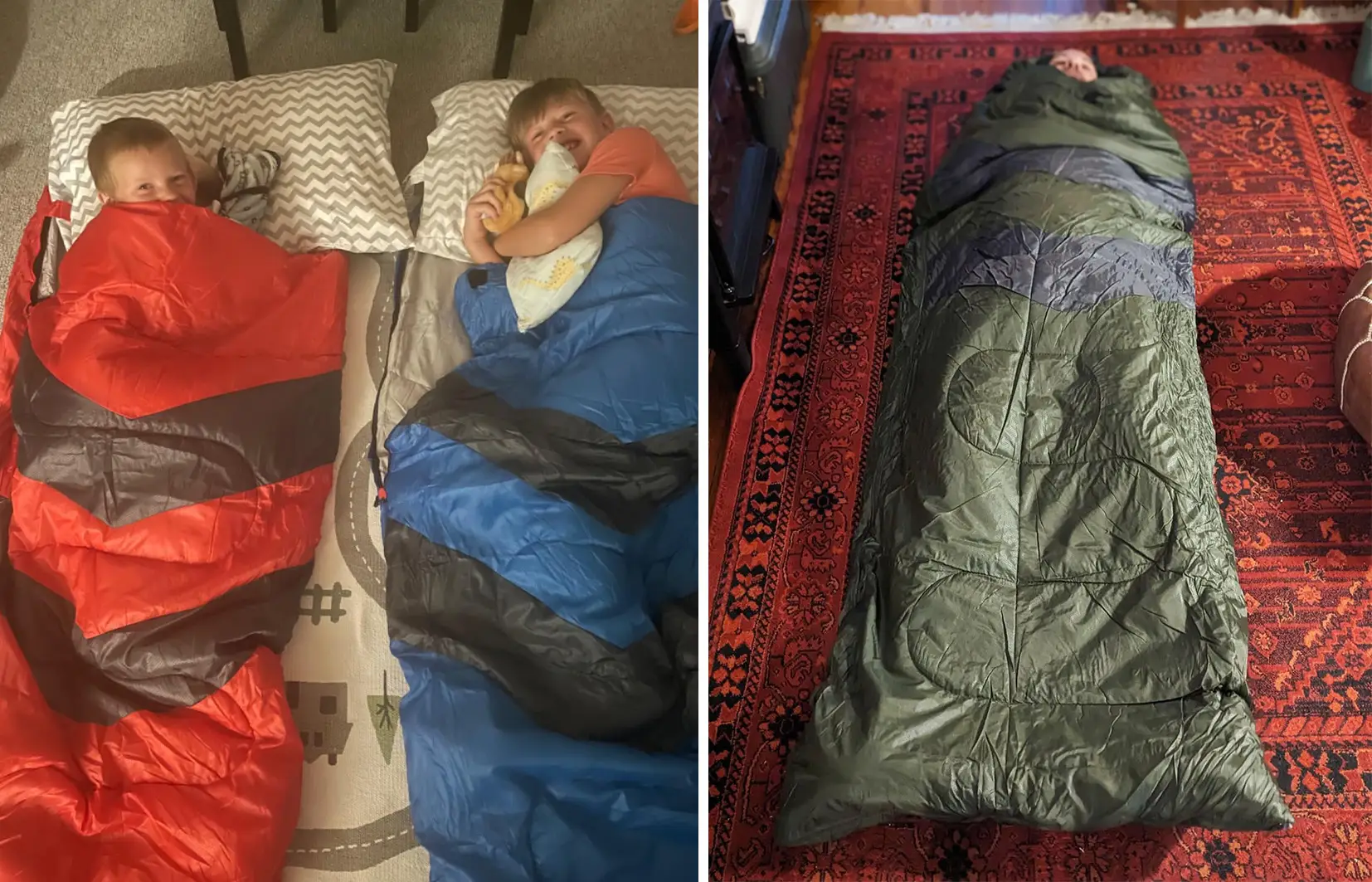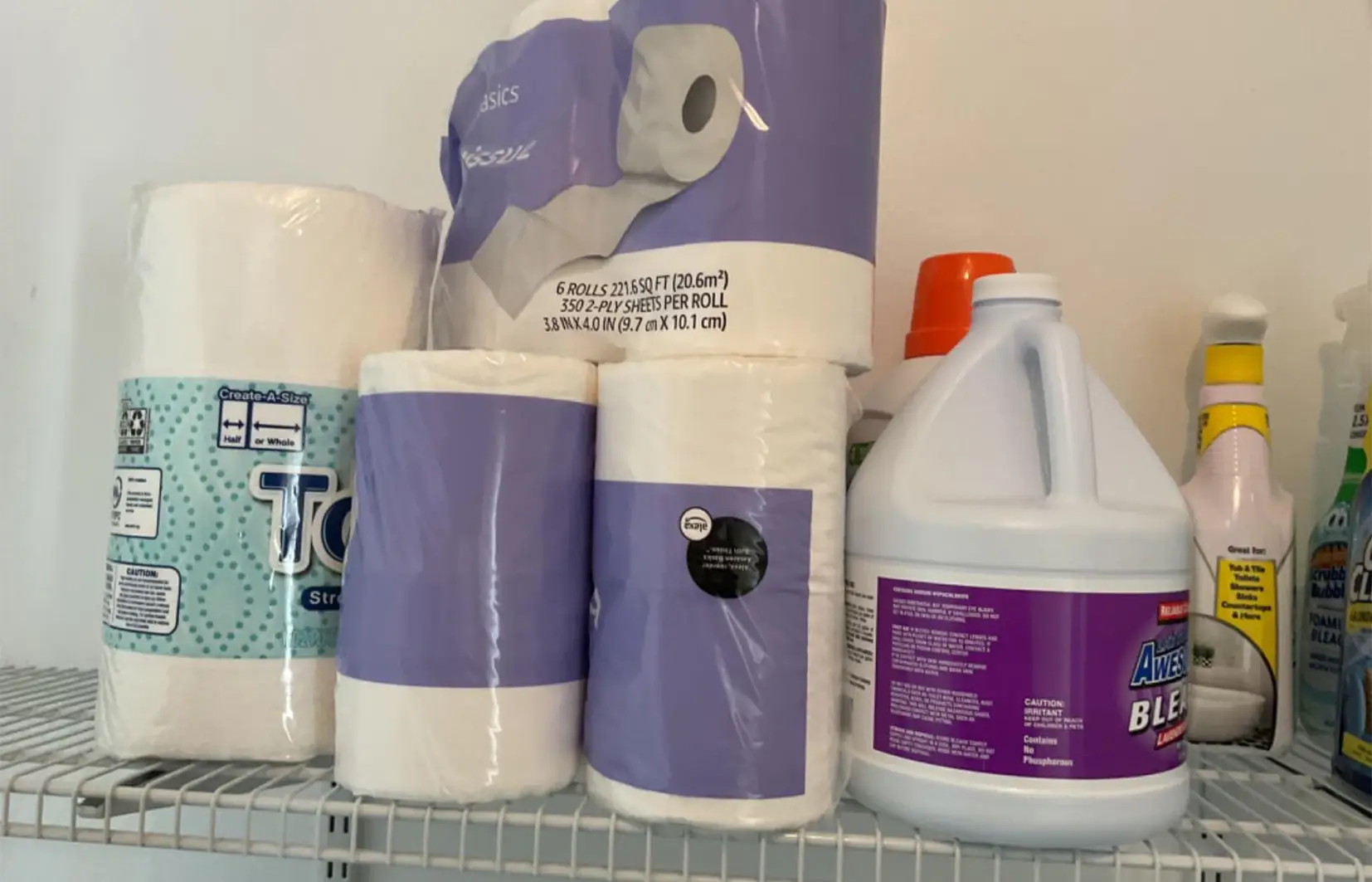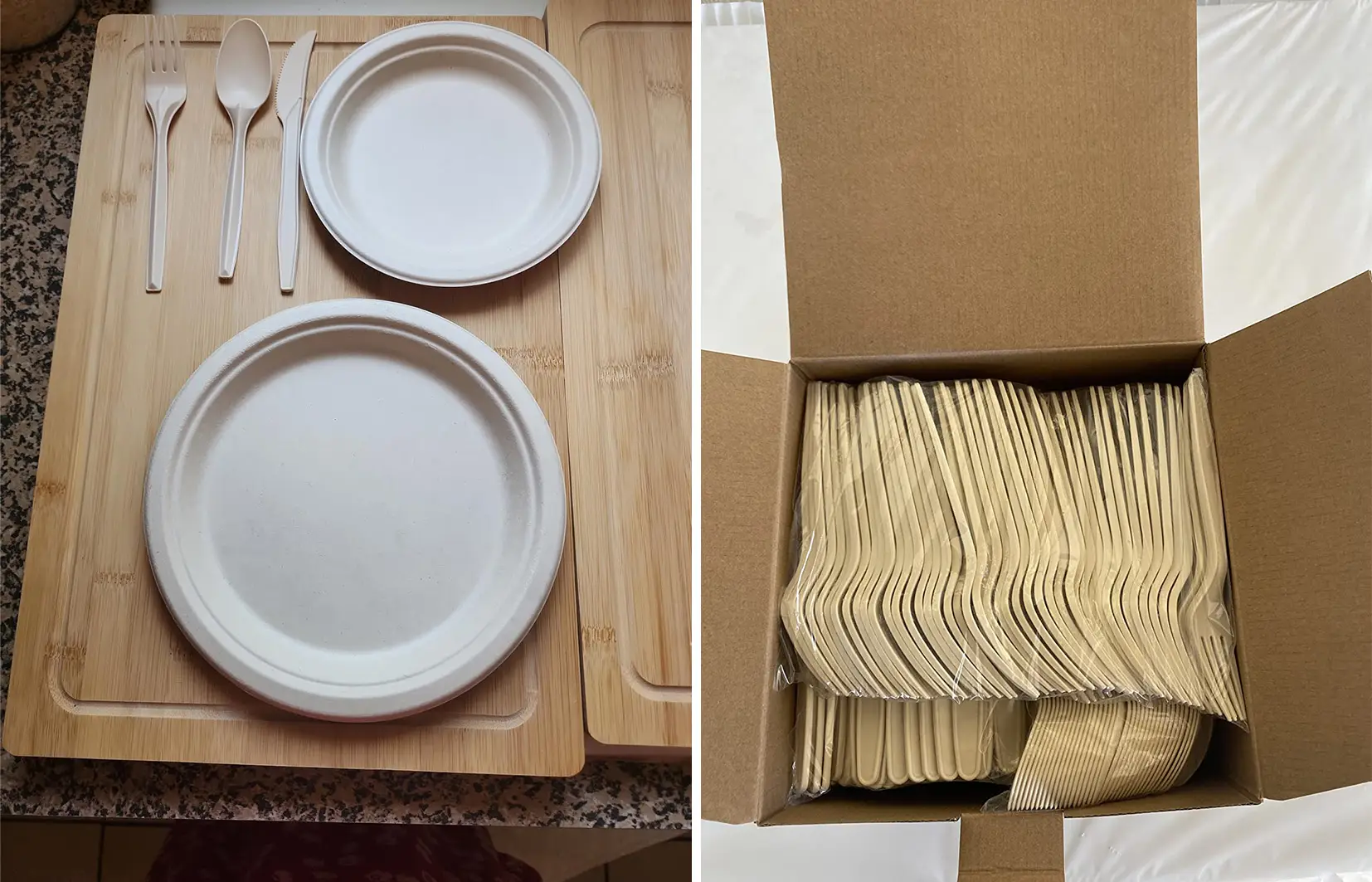10 Essential Items for Your Wildfire Survival Kit
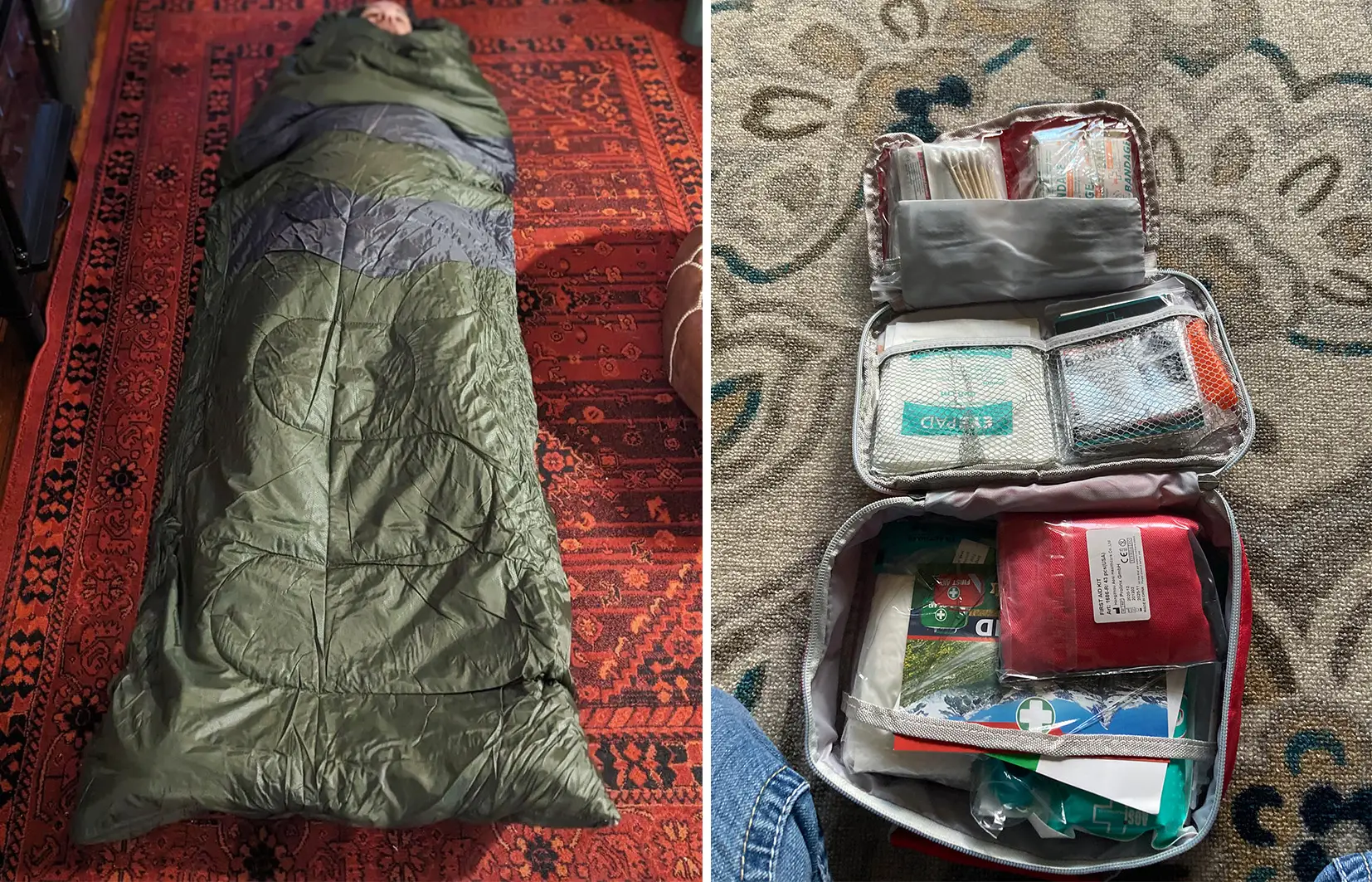
When a major storm hits, being prepared can make all the difference between chaos and calm. Having the right items in a storm survival kit is essential, giving you and your family a better chance to weather the storm safely. Here are the top 10 must-haves to ensure you're ready for any emergency.
1. Water
Water is the most critical part of any survival kit. After a storm, water sources may become contaminated, and your access to clean drinking water might be cut off. FEMA recommends storing at least 1 gallon (3.8 liters) of water per person per day for drinking and sanitation. For a family of four, that’s at least 12 gallons for three days. It's best to store bottled water in its original, sealed container, and keep it in a cool, dark place. If you're storing tap water, be sure to use food-safe containers and disinfect them before filling.
2. Nonperishable Food
In an emergency, you’ll need enough food to last at least three days. Canned goods, dried fruits, peanut butter, boxed cereal, and crackers are ideal for a survival kit. Make sure the food you pack is something your family will actually eat, and avoid salty snacks that could make you thirsty. And don’t forget a manual can opener—there’s no guarantee you’ll have electricity to use an electric one!
3. Battery-powered or Hand-cranked Radio
Staying informed is critical during a storm. A battery-powered or hand-cranked radio will allow you to listen to emergency broadcasts, weather updates, and other crucial information. NOAA weather radios are particularly helpful, as they provide emergency alerts even when cell towers are down and internet access is gone.
4. First Aid Kit
Minor injuries are common in emergencies, and having a well-stocked first aid kit is a must. Include bandages, antiseptic wipes, burn ointments, and any prescription medications your family needs. Be sure to include common over-the-counter medicines like aspirin, pain relievers, and anti-diarrhea medications.
5. Lighting
Once the power goes out, you’ll need alternative sources of light. Flashlights, lanterns, and candles are key items for any storm kit. Some newer devices combine lights, radios, and phone chargers into one unit, which can be a lifesaver when the electricity is out. Remember to stock up on extra batteries or opt for solar-powered or hand-crank lights.
6. Warm Clothing and Sleeping Bags
Each person should have a sleeping bag or warm blanket in case you need to evacuate or if your home is without heat. If you live in a colder climate, make sure you also pack extra clothing, including socks, gloves, and jackets. Being able to stay warm could be vital in the aftermath of a storm, especially during cold months.
7. Sanitary Items
Basic hygiene often goes out the window during emergencies, but it’s still important for your health. Toilet paper, soap, toothbrushes, diapers, and feminine hygiene products should all be part of your kit. Keep these items in waterproof containers to prevent contamination.
8. Utensils and Cooking Supplies
You’ll still need to eat, even if you’re cut off from the usual conveniences. Pack utensils, disposable plates, and mess kits. If you plan to cook on a grill or portable stove, be sure to have a supply of propane or charcoal on hand. And don’t forget disinfecting supplies, like bleach, to clean utensils or sanitize surfaces after cooking.
9. Games and Activities
If you're sheltering with children, keeping them entertained will be vital. Board games, puzzles, coloring books, and cards can help pass the time, especially when there’s no TV or internet. This will also provide a much-needed distraction for both kids and adults during stressful times.
10. Cash
After a storm, ATMs might be down, and credit card machines may not work due to power outages. Cash or traveler’s checks will be your only way to make purchases for essential supplies like food, gas, and medications. Be sure to withdraw some money before the storm hits, as it may be days before electronic banking systems are back online.
Being prepared for a storm means more than just grabbing a flashlight at the last minute. Creating a well-thought-out survival kit with these 10 essential items will ensure you’re ready for whatever Mother Nature throws your way. Keep your kit updated, and store it in an accessible, dry place. When disaster strikes, you’ll be thankful you planned ahead.







